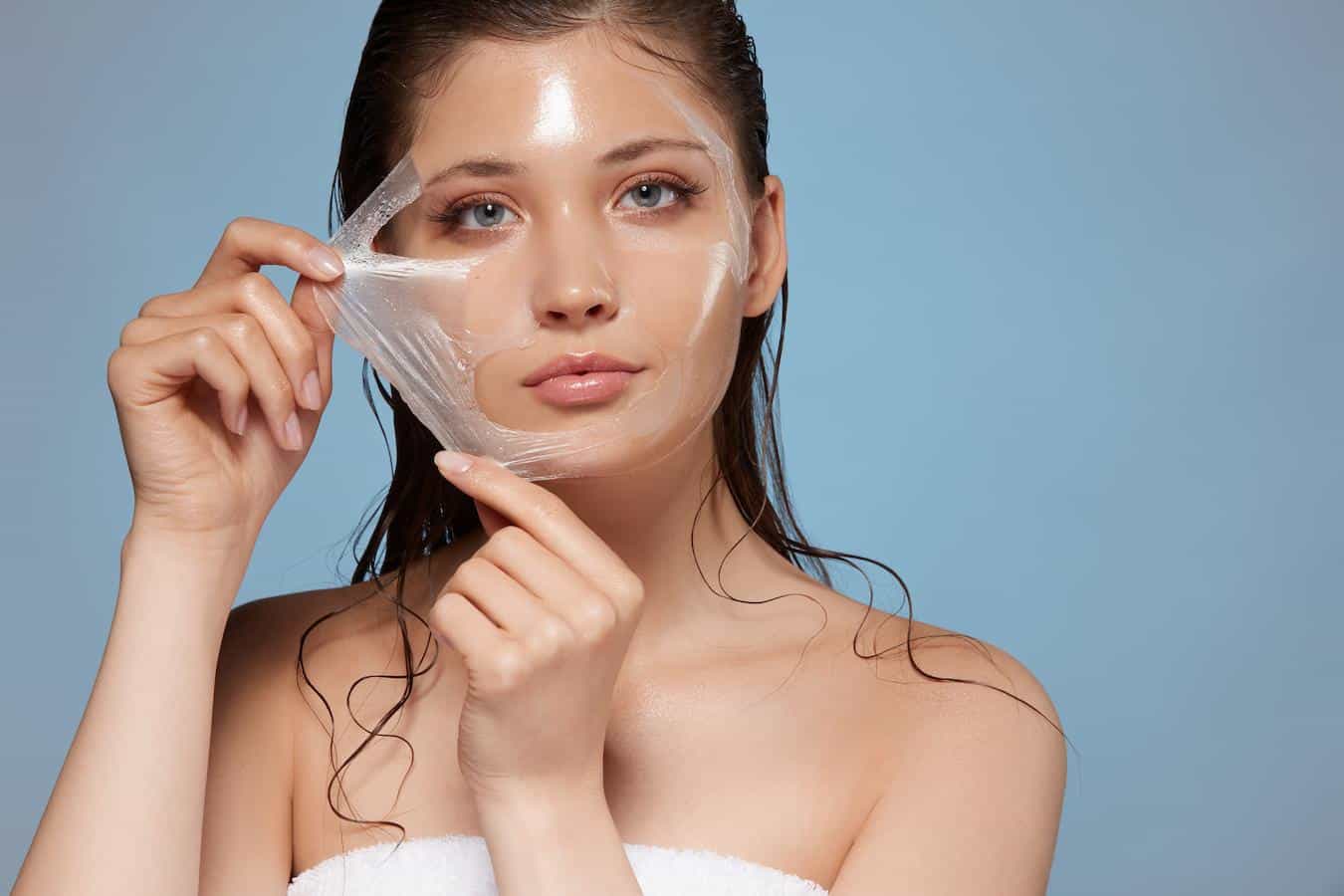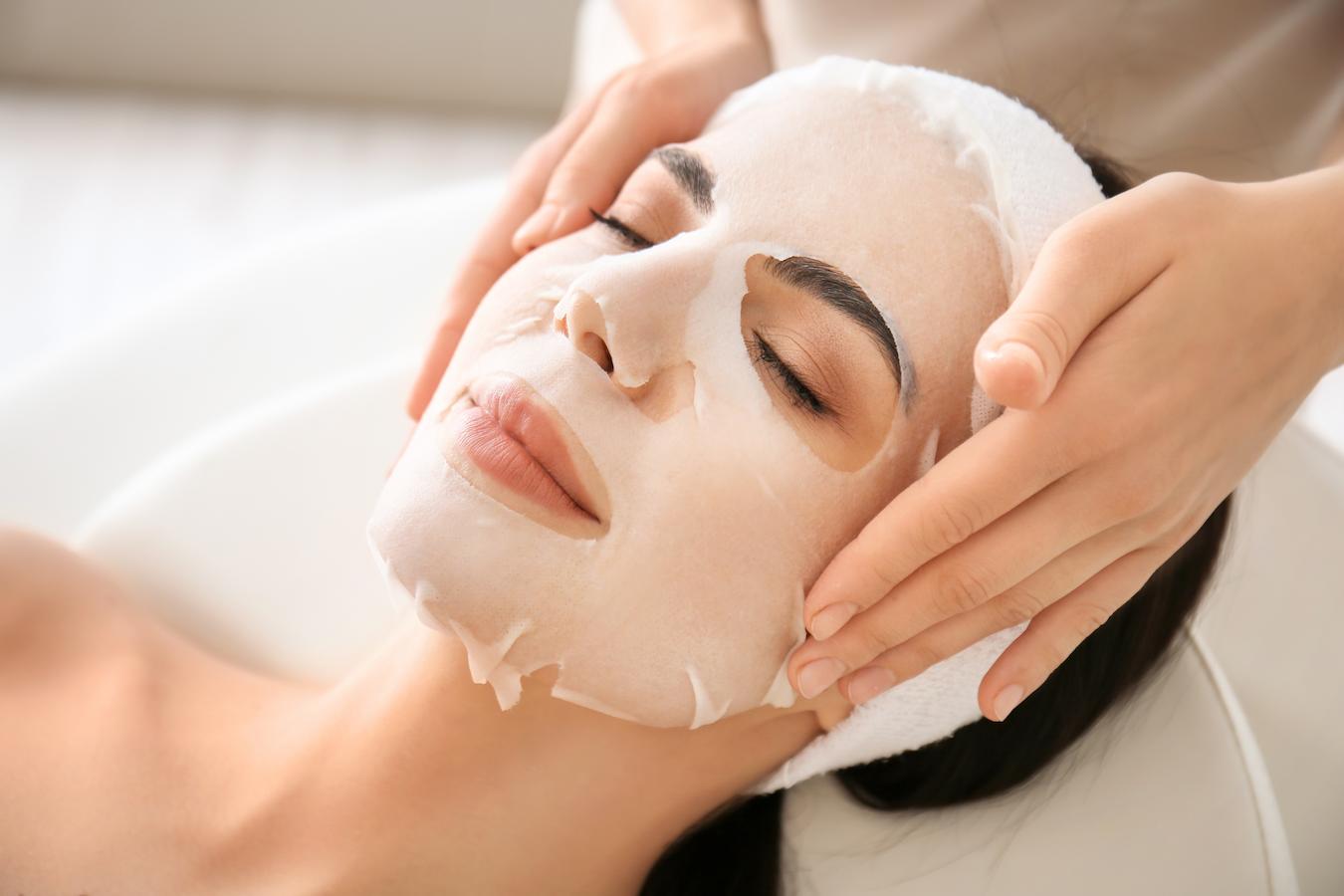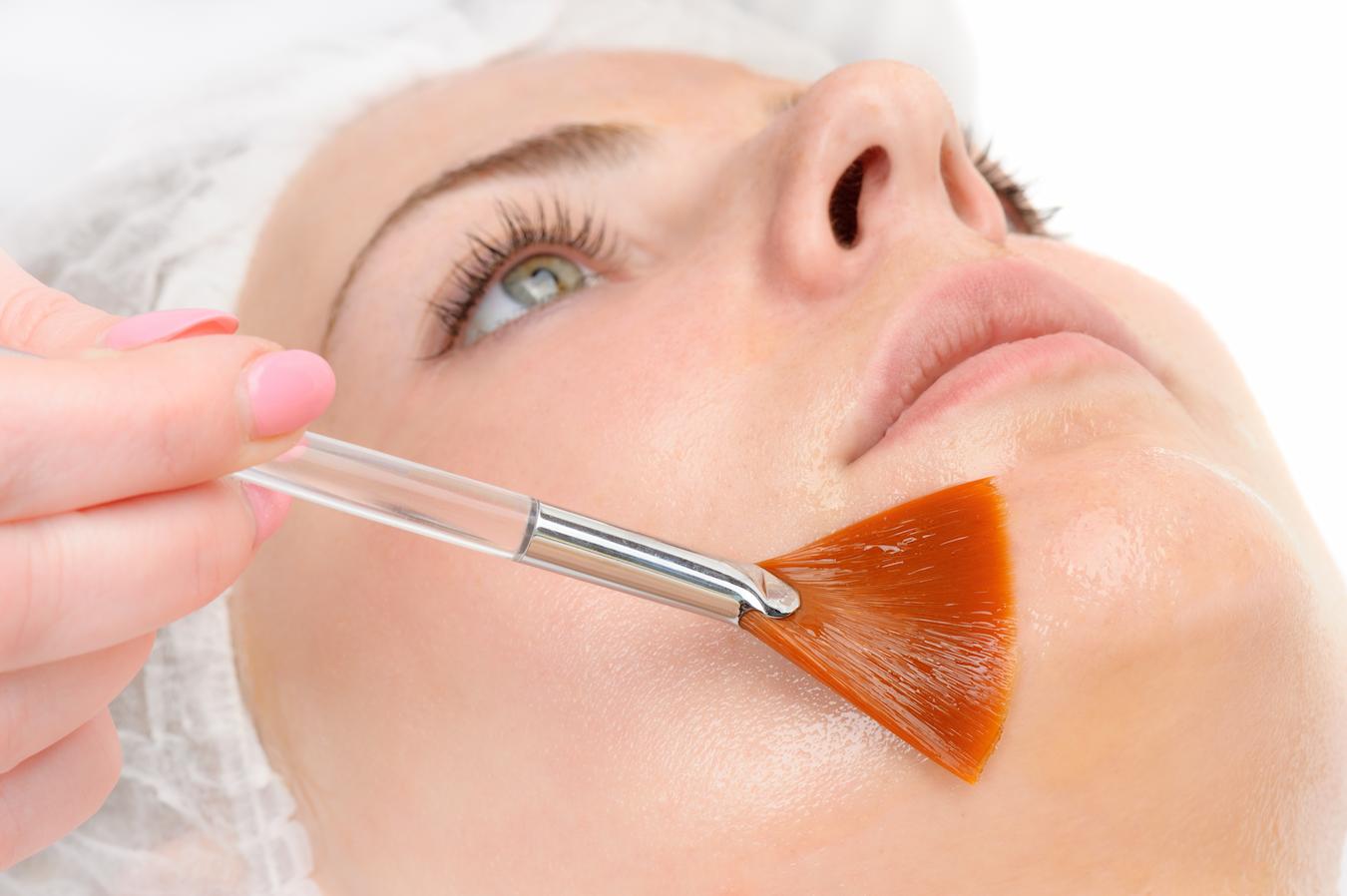What Are Chemical Exfoliants?

We all want radiant skin. But if you’re not sure what a chemical exfoliant is, then it’s only natural to be a little weary of putting chemicals on your face.
Luckily, we’ve listed out all the answers to your chemical exfoliation questions below. Because using chemical exfoliants really isn’t as scary as it sounds.
Keep reading to see all the benefits that chemical exfoliators have to offer. We may just convert you to a chemical exfoliant aficionado yet!
See Related: What Is The Best Face Wash For Oily Skin?
What is chemical exfoliation?
Chemical exfoliants are various types of acids that can remove dead skin cells. Removing dead skin cells can reveal a brighter, more vibrant skin tone.
And as acids chemically remove dead skin, they also unclog pores in the process while smoothing out any rough texture. Additionally, chemical exfoliation can even protect skin from free radical damage while targeting fine lines and dark spots.
Suffice it to say there’s quite a bit that chemical exfoliation can add to its resume. So, let’s see how the various types of chemical exfoliants stack up against one another.
Alpha Hydroxy Acids (AHAs)
Alpha hydroxy acids are a popular choice for chemical exfoliation and even in alpha hydroxy face creams. Examples of AHAs include glycolic acid, lactic acid, malic acid, tartaric acid, mandelic acid, and citric acid.
How do AHAs work?
AHAs are water soluble acids derived from fruit enzymes. So yes, there really is a purpose behind plopping some papaya slices on your face.
As these fruity acids remove dead cells, they also smooth fine lines and soften skin texture. So you can leave dull skin behind and keep your skin glowing instead.

Some AHAs like glycolic and lactic acids also pull moisture to the skin’s surface to keep skin hydrated. Not unlike hydrating hyaluronic acid (which isn’t actually an acid itself despite its name) or when using a water based moisturizer.
Bet that makes a lot more sense why our glycolic acid exfoliator is a best seller around here!
What skin type benefits from AHAs?
AHAs are best suited for those with dry skin, oily skin, and normal skin types. Users with darker skin tones have noted AHA’s ability to fade dark spots effectively.
And low dose AHAs like lactic acid, mandelic acid, and malic acid are suitable for dry, sensitive skin types. So everyone can soak up the benefits that AHAs have to offer.
Beta Hydroxy Acids (BHAs)
The most popular type of BHA is none other than salicylic acid. This chemical exfoliant offers the same benefits as AHAs but goes just a little bit deeper.
How do BHAs work?
AHAs and BHAs are fairly similar. But perhaps the biggest difference between them is that BHAs are oil soluble.
This means that BHAs are masters at dissolving dead skin cells. And they even make their way into clogged pores, clearing out any excess oil and other yucky build-ups.

Plus, BHAs tend to have their fair share of anti-inflammatory properties too. So this makes them the chemical exfoliant most ideal for acne prone skin.
What skin type benefits from BHAs?
Those with oily skin or acne prone skin will benefit most from BHAs. Even people with combination skin can enjoy this kind of chemical exfoliation since it gets deep into the pores.
That being said, those with dry skin or sensitive skin may not benefit from BHAs due to their intense effects. But don’t go anywhere – there’s still one more chemical exfoliant type we haven’t gone over yet.
Poly Hydroxy Acids (PHAs)
The word “poly” makes this chemical exfoliator sound like it’s mixing acids. But PHAs like gluconolactone, galactose, and lactobionic acid are actually far gentler on the skin than AHAs.
How do PHAs work?
While a chemical exfoliator is typically great for treating acne, PHAs have a larger molecule size than their AHA and BHA counterparts. This means they don’t penetrate the skin so deeply.
Instead, you’re left with a skin barrier that’s experienced some mild, somewhat superficial exfoliation. This isn’t to say that PHAs aren’t a wonderful addition to your skincare routine. They are!
But if you’re looking to address deeper wrinkles, you may want to consult a board certified dermatologist for the right BHA, AHA, or just the best chemical exfoliant out there. That being said, PHA’s gentle nature makes it perfect for at least one skin type.
What skin type benefits from PHAs?
That’s right – sensitive skin! Exfoliation is an important part of any routine for any skin type.

But just in case glycolic acid – or particularly salicylic acid – is too harsh, it’s best to go with PHAs. In fact, PHAs are most recommended for people with rosacea, eczema, or keratosis pilaris.
How do chemical exfoliants work?
We’ve gone over the various types of chemical exfoliants, i.e. salicylic acid, azelaic acid, etc. But here are the main components at work in every chemical exfoliant.
Chemical exfoliants remove dead skin cells
The main point of exfoliation for any skin type is to remove dead skin cells from the skin’s surface. Over time, this dead skin can build up.
This can lead to clogged pores which can lead to acne. Or, for some, it can simply lead to dull looking skin. But sloughing off those cells is beneficial for every skin type out there.
This helps to promote skin cell turnover
Skin cell turnover refers to the rate at which new skin is revealed. So if you want younger, more vibrant looking skin, you’ll want to promote this turnover.
Think of it as the skin’s way of freshening up. That being said, every skin type will have a different turnover rate, and that’s the very reason why exfoliation exists in the first place – to boost that process.
Bonus: 16 Best Toners For Every Skin Type To Buy In 2022
Chemical exfoliation vs. physical exfoliation
When looking up chemical exfoliants, you’ll also come across physical exfoliants. Physical exfoliation refers to any manual type of exfoliation.
Think of a loofah, jojoba beads, really anything that you yourself are scrubbing away with. Physical exfoliation can be deeply beneficial for some.
But most every skin type is safer off with a chemical exfoliant. Because physical exfoliation requires your manual labor, it’s difficult to know when too much is too much. And when too little is too little.

Luckily, chemical exfoliants offer the perfect balance of sloughing off without any manual labor involved. So every skin type can rest easy knowing that the exfoliation process is working without being overdone.
That being said, it’s always important to perform a patch test before using a chemical exfoliant to see how the skin reacts. This will help you determine what type of chemical exfoliant is most suitable for your skin type.
Wrapping up
With that, you are now an expert on chemical exfoliation! Pretty exciting, right? Now, you can go out into the skincare world knowing just what your skin type needs.
Feel free to browse through our catalog of our own unique chemical exfoliants. They’ve been tested to make sure they’re delivering the absolute best.
Keep Reading: A Guide On How To Get Clear Skin
—
For over 60 years, Viviane Woodard has represented “The Purity of Skincare”. We are the leading beauty brand for skin care products and promote the importance of good skin hydration. Follow us on Facebook, Instagram, Twitter, and Pinterest for skin care tips, product discounts, and more.
